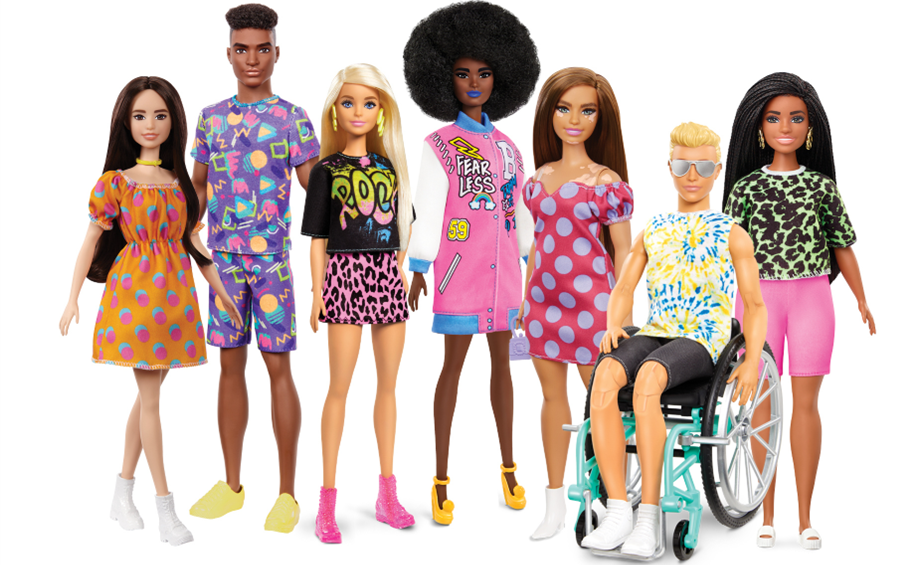I started writing this the day “Barbie” was opening in the theatres. I had not seen it yet, because I am writing less about the film and more about the cultural and political moment we inhabit as it opens. I went as soon as I finished an early draft, exactly one week after its opening.
It is always important to recognize the context of any happening, especially now, when everything is old and new simultaneously. How does one make sense of Barbie — her many iterations — she could even be president, something no woman in the U.S. has been allowed so far. Meanwhile she/we have lost our constitutional right to abortion and affirmative action.
As people go to the theatres for a blockbuster weekend, remember the U.S. has lost over 1 million people to COVID, tens of thousands suffer long COVID, and people still are getting infected. The summer heat as a form of climate disaster is finally punishing Europe and the U.S., so it is harder to deny. The Ukraine war feels too close. Voting rights are under assault. There has been half a century of feminisms in the U.S. and so the right-wing is determined to deny us anything they can, especially abortion and bodily freedom.

Mattel and big media appear to dominate cultural space with everything in pink. Pink is the new black; that is in fashion, not in real life. But pink is no longer the symbol simply of femininity — it is also symbolic of feminism/s. More than one million of us wore pink pussy hats on the National Mall to say no to Trump in 2016.
What might look like corporate capitalist capture is much more complex and maybe even contradictory when we wonder about the huge sold-out crowds. It is also a myriad of choices by every kind of woman and person. I see #MeToo and actions against sexual violence in the pink crowds, and, across the globe. These are no bimbos.
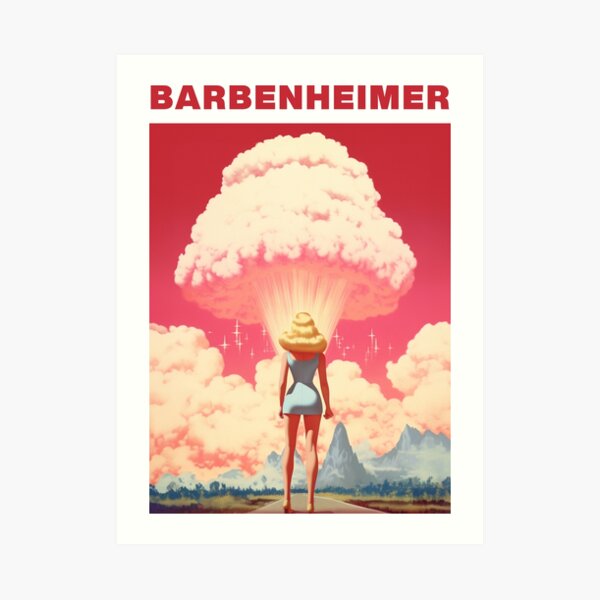
Today, when we have been through so much, Barbie is un-containable as a symbol of a collective personhood, no matter how incomplete. We live in a time where everything may matter, and nothing is what it seems, and feminisms can be a further catalyst here. This may be the new politics that Greta Gerwig, the co-writer and director of “Barbie” is imagining and maybe hoping for.
A few needed facts:
Barbie was created in 1959.
By 1997, one billion Barbies had been sold worldwide.
Today, 100 Barbies are sold every hour across the globe.
The inventor of Barbie, Ruth Handler, originally a working-class white Jew, made her Barbie white, middle class, and blonde.
Barbie’s life spans almost two-thirds of a century. She has been changing and morphing throughout her journey. She now comes in every shape, size, color, and profession. Women of every color — cis, trans, non-binary, gender-variant — have established (or not) their own relationship to Barbie as they have explored and fantasized their own identities. Iconic is too static to describe who she has become, and too stuck in how she started. Remember: history always remains in the present.
Greta Gerwig says: “There were several jokes where I was like, ‘This might be for three or seven people, but I will keep it in for them!’” And then it turns out it was for everyone. The specific has become universalized. This is a brilliant move on her part.
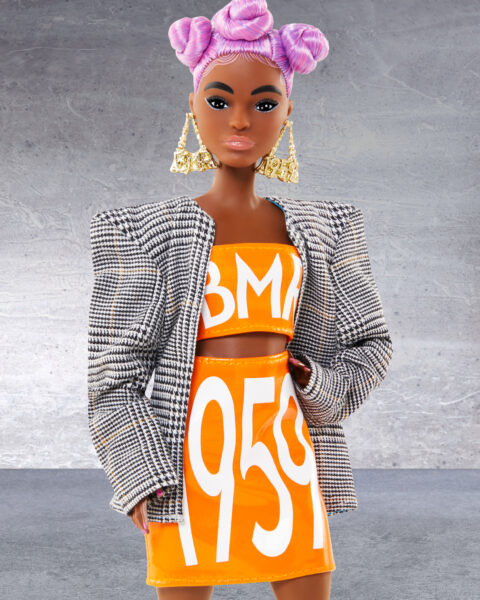
And while I am mentioning context, this is also the summer of Taylor Swift. It was Taylor at the start of this summer before Barbie. I was wondering why this young white, blonde woman had such a massive following of young (white) women. Of course, she has talent and is a fabulous strategist who sings about her break-ups, and heartbreaks, and moving through and on. The feelings are universal, so to speak. Who cannot make her songs connect to themselves?
And then, just after the Barbie film opened Michele Goldberg of the New York Times puts these two female icons together: they serve an “underserved market for entertainment that takes the feelings of girls and women seriously.” It fills a longing for “communal delight” after COVID, and isolated living.” (I am thinking it is not after COVID yet.)
Whether or not we are taken seriously, we are serious. And women and girls of all identities still captured this moment for themselves and turned it into a moment of camaraderie in all its many forms. Many of us have learned how to build camaraderie through a half-century of feminisms, and anti-racist capitalist activism.
There is a huge difference between movies that are for women and films that are about us. And movies for us can be reframed by us.
As I am writing this, a friend (who is Brown) texts me and says: “it’s so striking that at a time when women are, hopefully, wanting more for themselves and to be recognized as equals, they would attach themselves to high heels, narrow waists, and huge busts, right?!” And I respond: “Not sure that it’s the heels etc. but rather the possibility/power effect she has come to represent. And yes, this is also strange and contradictory and complex.”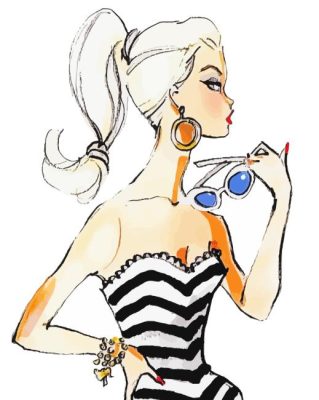
And today, with the culture wars, “culture” and “political,” are exchangeable. Like much else, borders have been stripped away, and there is no clear divide between them. I would like you to keep this in mind: refugees wander with no regard to national borders. Trans people see themselves through and beyond established pronouns. The people of mixed race see their marbled identities as complexly unified. The global supply chain necessitates new notions of nation. All this change and movement, while hierarchies of difference are negotiated and re-negotiated. And while Mattel fills the landfills with plastic Barbies.
There have been weeks of coverage — speculation, anticipation — wondering about why Barbie has this pull, and why now. Now when women in the U.S. have lost their constitutional right to abortion and continue to need daycare more than ever given COVID rearrangements of our lives. Now when women — Black and Asian and all the rest — are tired of the whiteness trope. Now when so many feminists commit to anti-racism. Now when women include trans and non-binary and gender-queer people. Now when fluidity is part of gendered and racial lives.
Why? Because all our differences have been connected to each other by this right-wing moment. The right-wing fascists of our so-called democracy hate us all. So, we must be in this fight against capitalist racist misogyny together. Gerwig does not use all the words that I might wish for, although “sexualized capitalism” is mentioned in the dialogue. But she does not keep me from seeing/hearing them. And we do not have to agree on all of it. Take whatever shade of pink works for you. Just because my longings are radical and revolutionary I hesitate to slam Barbie as others do.

For those still wondering how Barbie matters amidst the suffering of the globe in Congo, Nigeria, Sudan, Ukraine, Syria, Palestine, and the stalled revolution in Iran led by women, and the opioid and fentanyl death rates continue, it is because she has come to exude a connection between us and our dreams, between each other and new possibilities. The harder life is, the more we need our imaginations. When Barbie asks “Do you guys ever think about dying?” Barbie Land freezes for a moment — anyone thinking about COVID?
Barbie is a false promissory as she has become everything — every profession, every job, every outfit, every hairstyle. Also, disabled, pregnant, etc. Her every-ness is both a promise and a lie. Beauty has been radically pluralized. And not. Like life itself. But promises matter.
I am thinking that there is more universal identification with each other just now that our country is broken and polarized. The polarization emanates from the right-wing, and their attack is universal, even if delivered in separately articulated vicious assaults — against trans people, people of color, the poor, migrants, etc. But once they deliver their assaults, none of us are left out. So, we are seeing, recognizing, connecting with each other.
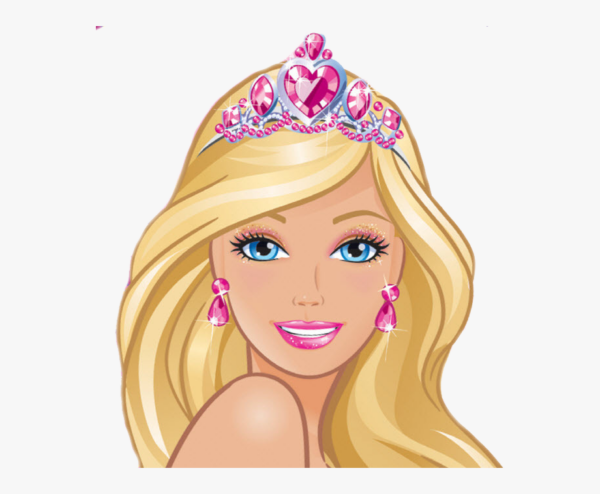
This is a moment when the specific is building the universal, and the universal notion of human rights allows us to see the attack on specific groups of people — like those needing/choosing an abortion. Of course, Mattel remains ignorant. They just bring out the universal pink color for femininity and do not understand the radical multiplicity of its meanings.
The commercial consumer blitz of everything pink and Barbie was intended to break the box office and make lots of money and so far, that is exactly what is happening. But don’t misunderstand the crowds. I think we are taking this moment to connect and regroup. We may be going to the movies in pink but we may soon be in green, representing the international abortion struggle, and in red, for revolution and freedom. Our dreams are not containable, and neither is a right-wing misogynist media, even if it’s dressed in pink.
Who knows how we will figure out how to band together for our liberation in 2023, but we must. We know the difference between commodification and liberation. This film need not be radically feminist in order for there to be a hugely radical feminist response.
We, the young and old, abled, and disabled, Black, Brown, yellow, white, middle-class, poor, rich, trans, nonbinary, traditional women. There are just so many of us.
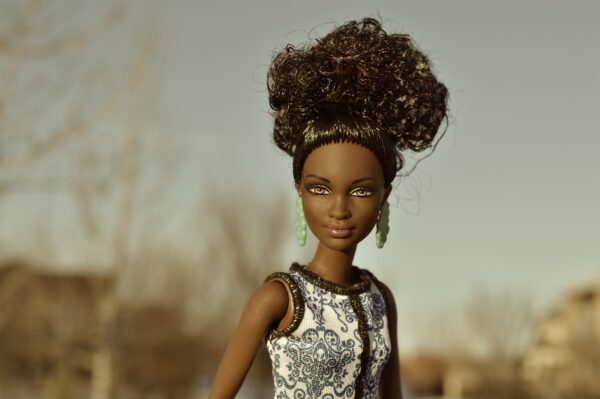
I will give Greta Gerwig the last word here: “My hope for the movie is that it’s an invitation for everybody to be part of the party and let go of the things that aren’t necessarily serving us as either women or men. I hope that in all that passion, if they see it or engage with it, it can give them some of the relief that it gave other people.”
“Barbie” did not offer me relief, but it did offer the passion that might give me some relief. The audience I watched with sounded like they felt similarly. It re-committed me to the struggle for every woman’s liberation. Be anything.
“If you cannot make it perfect, then you can make it better.”
“I am Kenough.”
“I want to be the imagination, rather than the idea.”
“We mothers stand still so our daughters look back and see how far they have come.”
And last: “I am here to see my gynecologist,” reminding us these doctors are under attack as potential abortion providers.
My local theater, which has been struggling since COVID hit, was busier than I have seen in years. People came in groups, in families, together. There were lots of people in pink. There was joy in the air. And joy is such a dangerous thing.
So let me imagine the pink camaraderie one step further. We — the abortion and reproductive justice movements, and climate crisis activists, and health care workers, and #MeToo, and debt relief and anti-gun activists, and prison abolitionists, and BLM, and labor unions — come together and demand another world. Many of these people already came out to see “Barbie,” and some wore pink. We can come out again and again until we empty the landfills of pink plastic.
Let us use the camaraderie that we know to turn the pink, red. As Barbie would say: “we are enough.” Now we must do “enough” to save ourselves and the planet. And, let us remember, when so much that is new is also old, revolutionary activity might not be decipherable at its early stages. At first, it might look a bit like “Barbie.”
Zillah Eisenstein is a noted international feminist writer and activist and Professor Emerita, Political Theory, Ithaca College. She is the author of many books, including “The Female Body and the Law” (UC Press, 1988), which won the Victoria Schuck Book Prize for the best book on women and politics; “Hatreds” (Routledge., 1996), “Global Obscenities” (NYU Press, 1998), “Against Empire” (Zed Press, 2004), and most recently, “Abolitionist Socialist Feminism” (Monthly Review Press, 2019).

